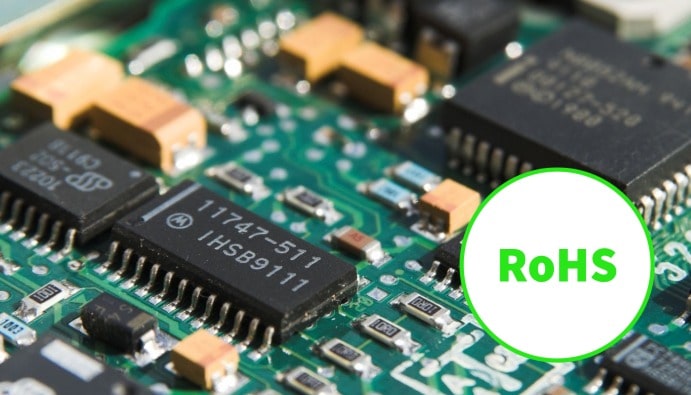
BLOG
KATEGORİDEKİ DİĞER YAZILAR

RoHS (Restriction of Hazardous Substances) testing is a process used to ensure that electronic products comply with certain environmental regulations. The main purpose of RoHS testing is to restrict the use of hazardous substances such as lead, cadmium and mercury in electronic products to protect the environment and human health.
RoHS testing is a mandatory requirement for electronic products sold in the European Union (EU) and other regions that have adopted the RoHS Directive. The RoHS Directive, also known as Directive 2002/95/EC, sets limits on the maximum concentration of certain hazardous substances in electronic products. These substances include lead, cadmium, mercury, hexavalent chromium, polybrominated biphenyls (PBBs) and polybrominated diphenyl ethers (PBDEs).
The RoHS testing process typically involves taking samples of electronic products, such as circuit boards, and analyzing them for the presence of restricted hazardous substances. The results of the RoHS testing are then compared to the maximum concentration limits set by the RoHS Directive. If the product passes the test, it is considered compliant with the regulations and can be sold in the EU and other regions that have adopted the RoHS Directive. If the product fails the test, it may need to be redesigned or modified to meet the regulations.
It is important to note that RoHS testing is not a one-time process. Electronic products should be tested regularly to ensure that they continue to comply with the regulations. In addition, RoHS testing should be conducted by a qualified and accredited laboratory to ensure that the results are accurate and reliable.
RoHS testing is an important aspect of electronic product design and manufacturing. RoHS testing helps protect the environment and human health by restricting the use of hazardous substances in electronic products. It also helps to ensure that electronic products are safe for consumers to use.
In addition, manufacturers and companies must also follow other guidelines and certifications to ensure that their products are compliant and environmentally friendly. For example, Energy Star, WEEE (Waste Electrical and Electronic Equipment) and REACH (Registration, Evaluation, Authorization and Restriction of Chemicals) are some of the certifications and guidelines that products must comply with.
RoHS testing is a mandatory requirement for electronic products sold in the European Union and other regions.
It is a process used to ensure that electronic products comply with certain environmental regulations and to restrict the use of hazardous substances in electronic products. RoHS testing helps protect the environment and human health and ensures that electronic products are safe for consumers.
It is important that manufacturers and companies comply with RoHS regulations as well as other certifications and guidelines to ensure that their products are environmentally friendly and safe for use.
Nanolab Laboratories Group continues to provide services within the scope of Consumer Analyses. We also provide services in Textile Analysis.
Contact us for more information.
You can follow us on LinkedIn for up-to-date news and shares about our services.
Follow our Instagram account to be informed about our latest blog posts.